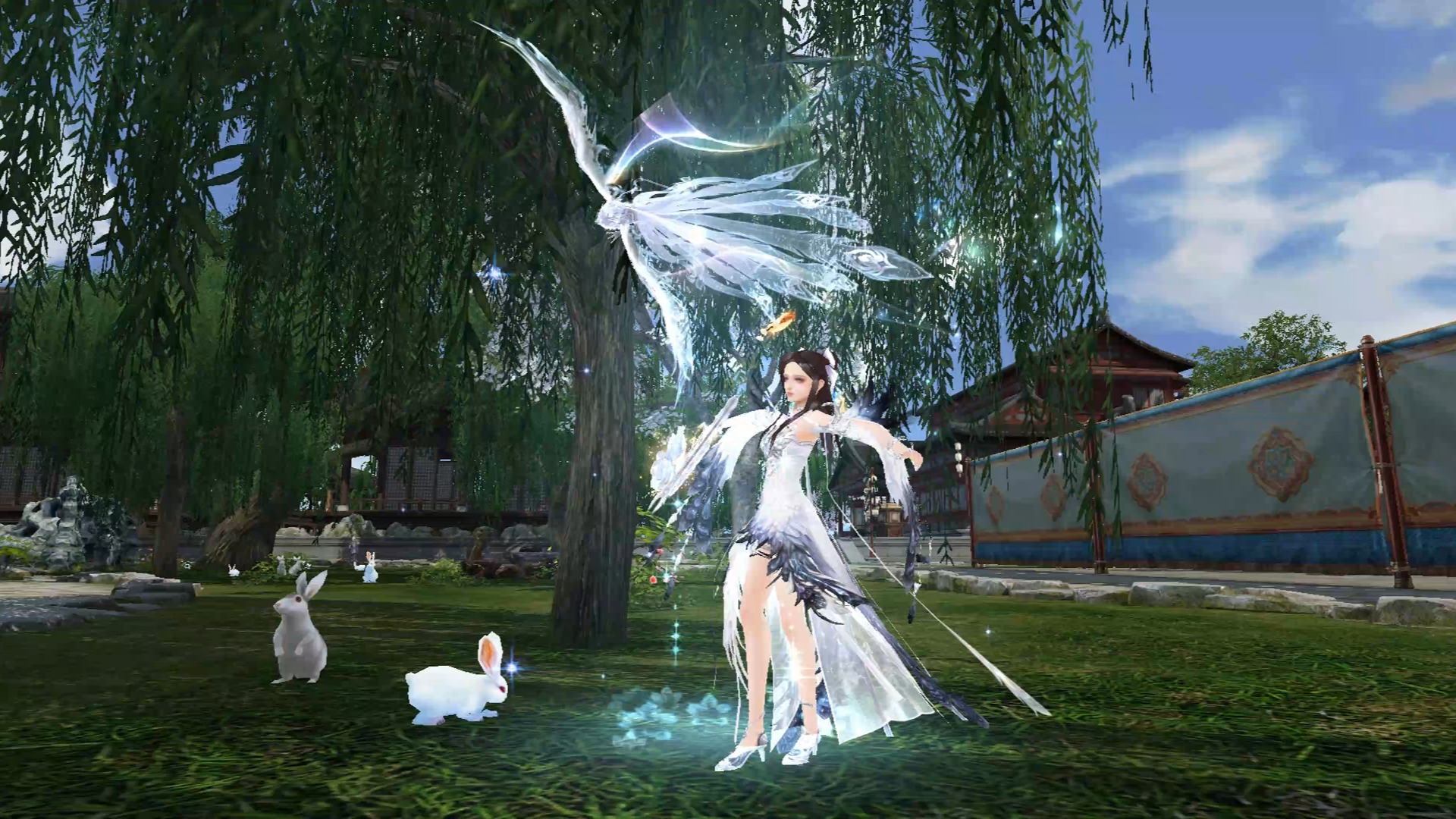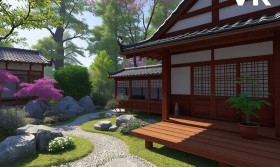Title: Beyond the Textbook: The "Research Missions" DLC for Historian Simulator VR Redefines Interactive Learning
The virtual reality landscape has long promised to transport us to other worlds, but what about other times? Historian Simulator VR made a compelling case for the latter, allowing users to walk the cobblestone streets of ancient Rome, witness the bustling markets of Ming Dynasty China, and feel the palpable tension in a World War II bunker. It was a revolutionary tool for immersive education, turning passive observation into active presence. Now, with its ambitious new "Research Missions" DLC, the experience evolves from a curated tour of the past into a genuine workshop for historical discovery, transforming players from tourists into apprentice historians.
The core premise of the DLC is elegantly simple yet profoundly deep. Instead of being guided through pre-scripted historical vignettes, users are now presented with a "Historians' Board" inside their virtual study—a wall filled with unresolved questions, contested theories, and mysterious gaps in our understanding of a particular era. Your mission is not to simply see history, but to uncover it.
The Gameplay Loop: Inquiry, Investigation, and Interpretation
A typical mission begins with a central thesis or question. For example: "Contrary to popular belief, the economic collapse of the small farming town of 'Oakhaven' in 14th-century England was not solely due to the Black Death. What other primary factors were at play?" Armed with nothing but a notebook and a list of potential leads—a disgruntled local merchant, the manor's estate records, soil samples from nearby fields—you are dropped into the village at its peak.
The brilliance of the "Research Missions" DLC lies in its non-linear, evidence-based gameplay. There is no single correct path or glowing arrow pointing to the answer. Truth is fragmented and must be pieced together.
- Primary Source Interaction: The DLC introduces a sophisticated new interaction system. You can now manually handle and analyze primary sources. You might need to carefully unroll a fragile scroll in a monastery's scriptorium, using UV light tools (available in your virtual kit) to reveal faded ink or palimpsests. You can cross-reference dates in a merchant's ledger against weather records kept by a local monk. The act of reading is no longer just for flavor text; it is the core mechanic.
- Environmental Analysis: The town itself is a document to be read. You can take core samples from the grain in the silo to assess its quality, examine the tools in the blacksmith's shop for their efficiency, or observe the wear and tear on the cart wheels to gauge the volume of trade. The environment is no longer just a backdrop; it's a crime scene waiting for your detective work.
- Dialogue as Interrogation: Conversations with AI-driven historical agents are now crucial. You must choose your questions carefully, assess their biases (a tax collector for the crown will have a very different perspective than a serf), and even catch them in contradictions. Building trust with certain characters might unlock new information, while aggressive questioning could see you barred from key locations.
The "Aha!" Moment and The Argument
After hours of meticulous investigation, you will have collected a portfolio of evidence: annotated documents, environmental data, and recorded testimonies. You then return to your virtual study to present your findings. This is where the DLC truly shines. Using a virtual interface, you must literally piece your evidence together on a large timeline and argument map.

You link the soil sample data (showing depleted nutrients) to the merchant's ledger (showing a drastic drop in crop sales a year before the plague arrived) and the testimony of the blacksmith (who lamented the lack of iron for new plows). You build a causal chain, demonstrating that poor land management and failed economic policies had already doomed Oakhaven; the Black Death was merely the final, devastating blow.
The system then evaluates your argument based on the strength, relevance, and diversity of your evidence. There is no single "right" answer, but there are strong and weak arguments. Perhaps you missed a key letter in the manor lord's chest that would have complicated your theory. The game encourages replayability, urging you to go back and look for what you might have missed, much like a real historian revisits archives with new questions.
Tags:
#VirtualReality
#HistoryEducation
#GameBasedLearning
#DLC
#SimulationGames
#HistoricalResearch
#PrimarySources
#CriticalThinking
#DigitalHumanities
#ImmersiveLearning
The "Research Missions" DLC for Historian Simulator VR is more than just an expansion; it's a paradigm shift. It moves beyond the spectacle of history and delves into its substance. It teaches not just what happened, but how we know what happened. It fosters critical thinking, source evaluation, and argumentative reasoning—skills desperately needed in our modern information age. By making us struggle with the same fragmented, biased, and incomplete record that professional historians do, it doesn't just teach history; it teaches the humility and rigor required to understand it. This DLC isn't just a new way to play a game; it's a bold new tool for crafting the historians of tomorrow.
















